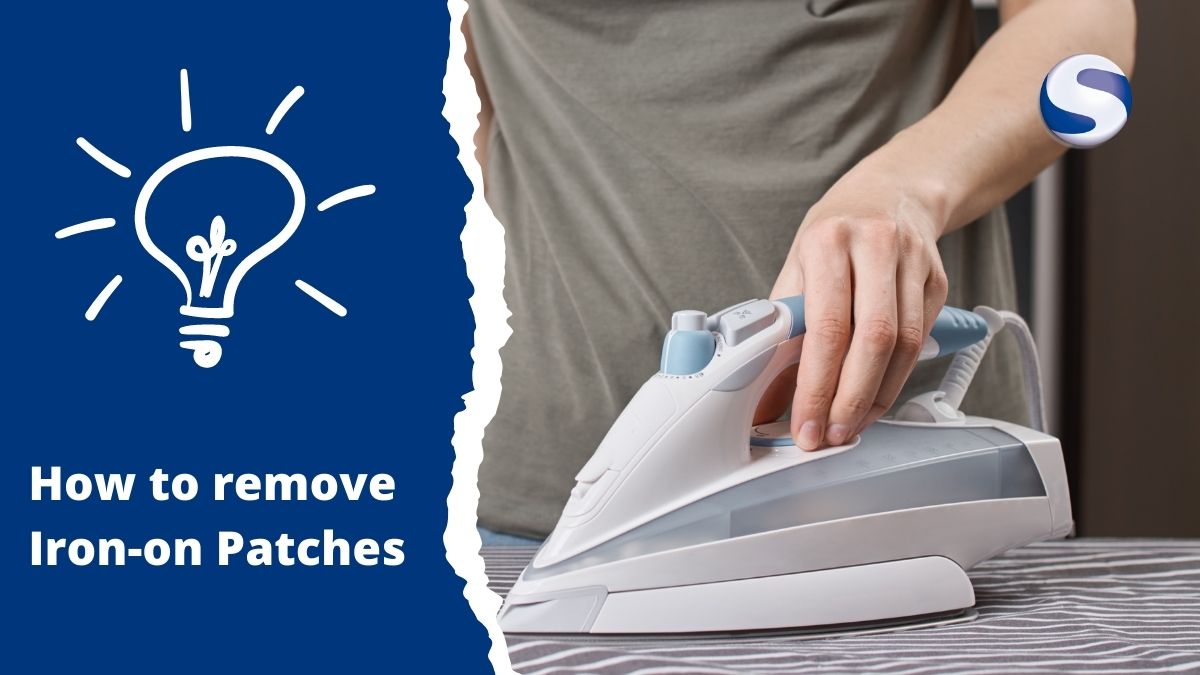Let’s face it, trends come and go faster than a heartbeat. That snazzy iron-on patch you once adored may now be a relic of fashion’s past, leaving you yearning for a wardrobe refresh. Fret not, dear reader, for today we embark on an empowering adventure: the secret to banishing iron-on patches with ease, restoring your garments to their pristine glory.

Image: www.wikihow.com
Iron-on patches are undoubtedly convenient, offering a quick and effortless way to personalize clothing and accessories. However, when their time has passed, they can cling stubbornly to your fabrics, leaving you with an unwanted fashion faux pas. Fear not, for this guide will equip you with the knowledge and confidence to conquer this wardrobe conundrum.

Image: www.siennapacific.com
How To Remove Iron-On Patches
Unmasking the Layers: An Insider’s Guide to Iron-On Patch Removal
To effectively remove an iron-on patch, it’s essential to understand its construction. These patches typically consist of three layers: a carrier sheet, adhesive backing, and the decorative design. Your trusty allies in this mission are common household items such as vinegar, acetone, or rubbing alcohol. Let’s delve into the step-by-step process:
- Cover, Protect, and Prepare:
Before proceeding, protect the surface you’re working on by placing a towel or fabric beneath the garment. Turn the garment inside out to avoid damaging the outer fabric.
- Vinegar’s Magic Touch:
Vinegar is a gentle yet effective warrior against iron-on patches. Dip a cotton ball or soft cloth into white vinegar and gently dab it onto the patch, working from the edges inward. If the patch is particularly stubborn, allow the vinegar to soak in for a few minutes.
- The Power of Acetone:
For a stronger solvent, reach for acetone or rubbing alcohol. However, use these cautiously, as they can be harsh on certain fabrics. Test the solvent on an inconspicuous area first to ensure compatibility. Apply the acetone or rubbing alcohol in the same manner as vinegar.
- Heat-Activated Separation:
After applying the solvent, cover the patch with a cloth or paper towel. Iron the area on a low heat setting. The heat will reactiv